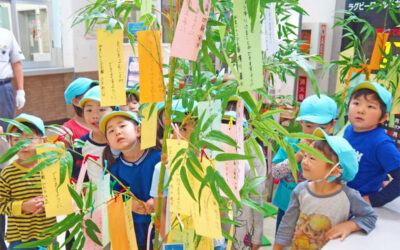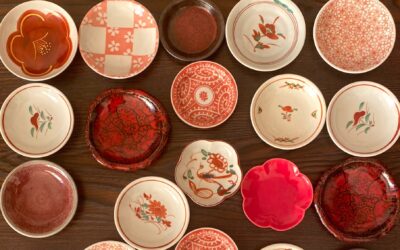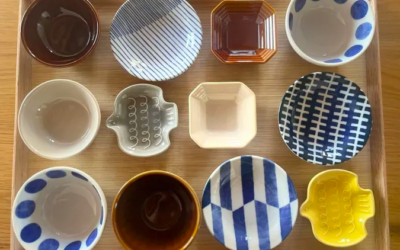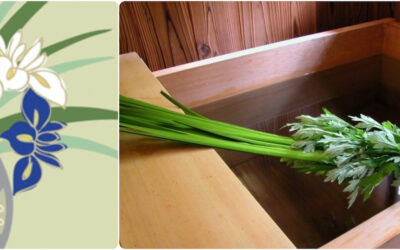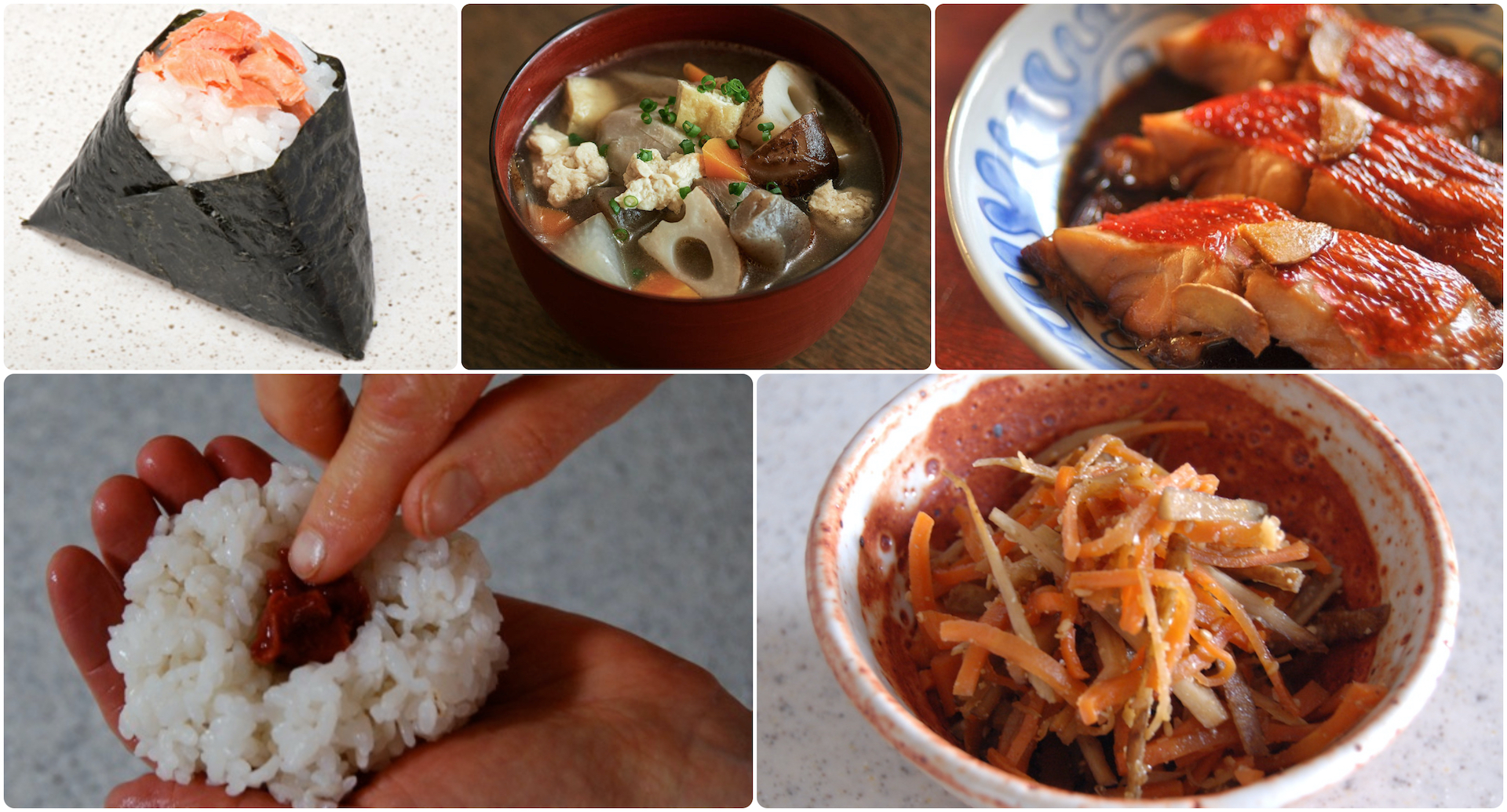
Recipes for Red Foods
Generations of Japanese have been well nourished daily by modest meals following a simple pattern: soup, rice, and a few other dishes. This easy-to-compose menu model called ichi jū san sai (一汁三菜 ) that satisfies hunger while fulfilling nutritional needs. The soup provides hydration and becomes a vehicle for delivering many water soluble nutrients (vitamins, minerals). Rice and other grains supply energy-giving carbohydrates and feeling-full fiber. The few other dishes balance out whatever essential elements might be missing from the broth and rice.
For centuries, Japan’s indigenous food culture, washoku, has recognized the importance of crafting menus that are mindful of color, flavor, and method of preparation. The phrase goshiki, gomi, gohō (5 five colors, five flavors, 5 ways) describes this notion. Why is this beneficial? The pigmentation of a food is a roadmap to its nutritional value: consuming colorful foods ensures nutritional balance. Colorful foods provide visual interest, too, making the meal more appealing.
Red foods are especially rich in polyphenols and beta-carotene — antioxidants that protect against cell damage, promote healing and boost overall health. Here are just a few suggestions for incorporating red foods in your daily mealtime routine.
Gingery Soy-Stewed Red Snapper
Omusubi/Onigiri Rice bundles stuffed with pickled plums or seasoned salmon flakes.
A chunk vegetable and tōfu chowder called Kenchin-Jiru
Spicy saute of vegetables called kimpira
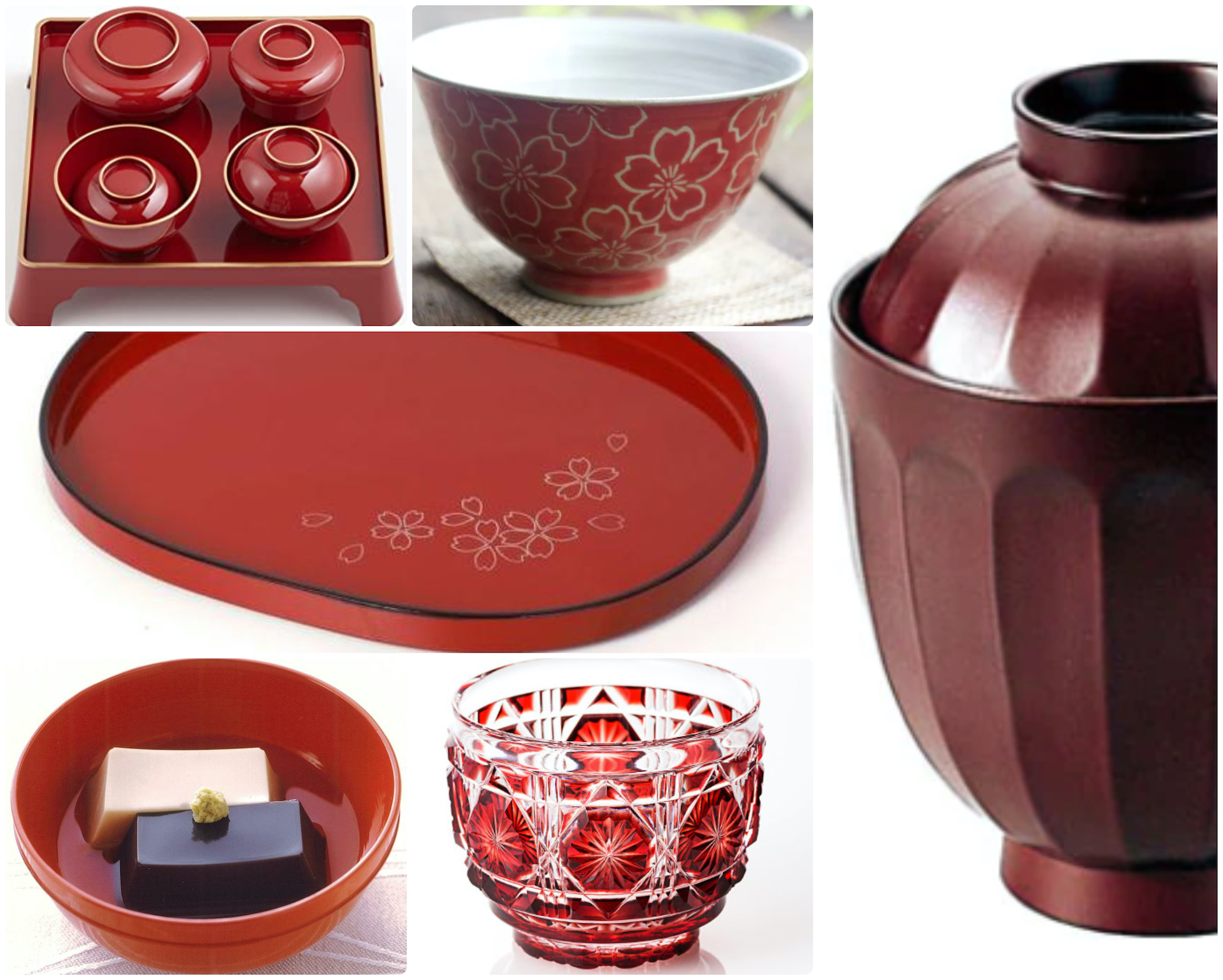
Tableware in Shades of Red
RED tableware — lacquer, glass, ceramic — conveys a celebratory mood at the Japanese table, whether a ceremonial event or taking pleasure in the passage of the seasons.
Clockwise from upper left: a (shu 朱) red lacquered set of serving dishes used to celebrate a newborn’s 100th day; ceramic teacup with cherry blossom motif, Hasami yaki kiln ware from Nagasaki (波佐見焼き長崎); a (akané) red lantern-shaped soup bowl with lid; exquisitely crafted (akai) red Edo kiriko cut-glass tumbler; (shu 朱) red lacquer bowl with white and black goma-dōfu garnished with wasabi; a red lacquered oval tray with cherry blossom motif.
Visit Kitchen Culture Many Shades of Red
My March 2023 NEWSLETTER is about Many Shades of Red.

